1 Bael fruit tree woodapple – Aegle marmelos
€19.95
Out of stock
Email when stock available

Fast EU shipping

Grown in our own nursery
Aegle marmelos, commonly known as bael, also Bengal quince, golden apple, Japanese bitter orange, stone apple or wood apple, is a rare species of tree native to the Indian subcontinent and Southeast Asia. It is present in India, Bangladesh, Sri Lanka, and Nepal as a naturalized species.
Bael fruit
 There is also another species called wood apple, the Limonia acidissima. Wood apple and bael Fruit both come from the same plant family, Rutaceae.
There is also another species called wood apple, the Limonia acidissima. Wood apple and bael Fruit both come from the same plant family, Rutaceae.
In different parts of Southeast Asia, the two fruits differently known as wood apple, bale fruit, bell, and elephant apple. However, both have different textures, fragrances, and flavors.
Bael fruits are spherical and have rough baseball dimensions. Fruits start with gray-green color and turn pale yellow. When split, the fruit has a pale orange pulp separated by a thick, dark orange wall.
Some people can’t stand the smell of fruit.
Rich in vitamin C, the fruits can be eaten either fresh from trees or after being dried and produced into candy, toffee, pulp powder or nectar. If fresh, the juice is strained and sweetened to make a drink similar to lemonade.
It can be made into sharbat, also called as Bela pana, a beverage. Bela Pana made in Odisha has fresh cheese, milk, water, fruit pulp, sugar, crushed black pepper, and ice.
Bæl pana, a drink made of the pulp with water, sugar, and citron juice, is mixed, left to stand a few hours, strained, and put on ice.
If the fruit is to be dried, it is usually sliced and sun-dried. The hard leathery slices are then immersed in water. The leaves and small shoots are eaten as salad greens.
Bael fruits are of dietary use and the fruit pulp is used to prepare delicacies like murabba, puddings and juices.
Other uses
The leaves, bark, roots, fruits, and seeds are used for constipation, diarrhea, diabetes, and other conditions, but there is no good scientific evidence to support these uses.
Bael is considered one of the sacred trees of Hindus. Scriptures reveres this plant as the residence of goddess Lakshmi, the deity of wealth and prosperity and are considered an incarnation of goddess Sati
Bael trees can be usually seen near the Hindu temples and their home gardens.It is believed that Hindu deity Lord Shiva is fond of bael trees and its leaves and fruit still play a main role in his worship.

In the traditional practice of the Hindu and Buddhist religions by people of the Newar culture of Nepal, the bael tree is part of a fertility ritual for girls known as the Bel Bibaaha.
Girls are "married" to the bael fruit; as long as the fruit is kept safe and never cracks, the girl can never become widowed, even if her human husband dies.
This is a ritual that guarantees the high status of widows in the Newar community compared to other women in Nepal.
Additional information
| Weight | 0.4 kg |
|---|---|
| Dimensions | 32 × 10 × 10 cm |
Properties & Care
How to take care of a bael tree
Like the curry leaf tree, the bael tree originates from a warm climate, and is not hardy in almost all parts of Europe. If you want to keep it the whole year round, it should serve as a house tree indoors when temperatures reach freezing point at night.
Only more mature trees can handle a few degrees below zero degrees Celsius.
It should receive plenty of sunlight. As soon as winter is over and there’s no more frost at night, the tree can be placed outside in a sunny spot.
This tree does very well in dry conditions and it even likes it, so it will not really need the use of a humidity tray when it’s inside the house in the winter.
Propagation
The bael tree can be propagated through its seeds, veneer grafting, shield budding, and air layering.
FAQ
Questions and answers
- Do I need to re pot the young tree when it arrives?
Answer: after a few weeks of acclimatization, you can re pot it to bigger pot during the growing season (May-September). - What soil do I use for my bael tree?
Answer: the tree tolerates a great diversity of soil types. You can use any regular good-quality potting mix. - Is fertilizer recommended?
Answer: they don’t need fertilizers to thrive, but when in growing season they will do better when fertilized. If you choose to use a fertilizer, we recommend that you use a liquid fertilizer. - Do I need to prune my bael tree?
If you keep it in a pot in the house, yes you will need to prune it to keep it do a manageable size. Only prune in growing season.
Shipping & Returns
Shipping
To ensure that it’s delivered in perfect condition, your bael tree will be shipped in custom plant mail-order cardboard packaging.
WARRANTY AND RETURNS
Despite the high quality of our products, it can occur that you receive a product that is not perfect. If that happens we’d like to provide you with a suitable solution as quickly as possible.
ALWAYS 2 YEARS WARRANTY
We are convinced of the quality of the products we offer. Therefore we always give 2 years guarantee on all your purchases.
14 DAY MONEY-BACK PERIOD
Curryelaftree.com operates a 14 day approval and inspection period for all online orders. This period starts when you have received the product. After 14 days the purchase agreement becomes final. During this period you should handle the product and packaging carefully, if reasonably possible. Try the product out to the extent necessary in order to decide whether you wish to keep it. The product can be vieuwd and reviewed, as you would do in a shop. When there is damage to the product or its packaging, this will be deducted from the return. When the product is used in this period, and now returned, the costs for use, such as cleaning or repair costs, will be deducted from the return. When you return a product within the 14 day money-back period, we are obliged to pay you the purchase price, including shipping and any debit or administration costs, back within 14 days from receiving your return.
DAMAGE UPON RECEIPT
All products are packaged safely and checked by Curryleaftree.com before shipping. If you nevertheless do receive a damaged product, please report the damage before returning the order.
RETURNS PROCEDURE
There are a number of reasons you may decide to return (a part of) your order. Read this information through carefully to avoid any misunderstandings and delays. If you wish to return a product, the method of shipment and the condition of the product must comply with our stated terms and conditions below.
Returns Form
For the return of a shipment contact us first. By filling in a form and sending it to us, you let us you know that you want to return your shipment. When we have received this form, we will start processing your return. You can always email us to discuss your return.
Return Shipment and Costs
The correct postal franking costs must always be paid for a return shipment. Packages not correctly franked or marked as returned subject to payment on delivery will not be accepted by us. Curryleaftree.com reimburses the postal costs after returning in case the return is a result of an mistake by Curryleaftree.com or when there is a defective product. If you are entitled to a refund of the shipping costs, we apply a maximum fee. You can also choose to bring the product back or exchange it at the Curryleaftree.com office. This is fast, easy and free of charge. The maximum fee for a return shipment is € 6,95 within the Netherlands, € 9,95 for Belgium and Germany, € 25.95 for the rest of Europe and € 29,00 for the rest of the world.
Return Address
Curryleaftree.com
Warranty and Returns
Tolweg 2W 3851 SK
Ermelo The Netherlands
Only logged in customers who have purchased this product may leave a review.


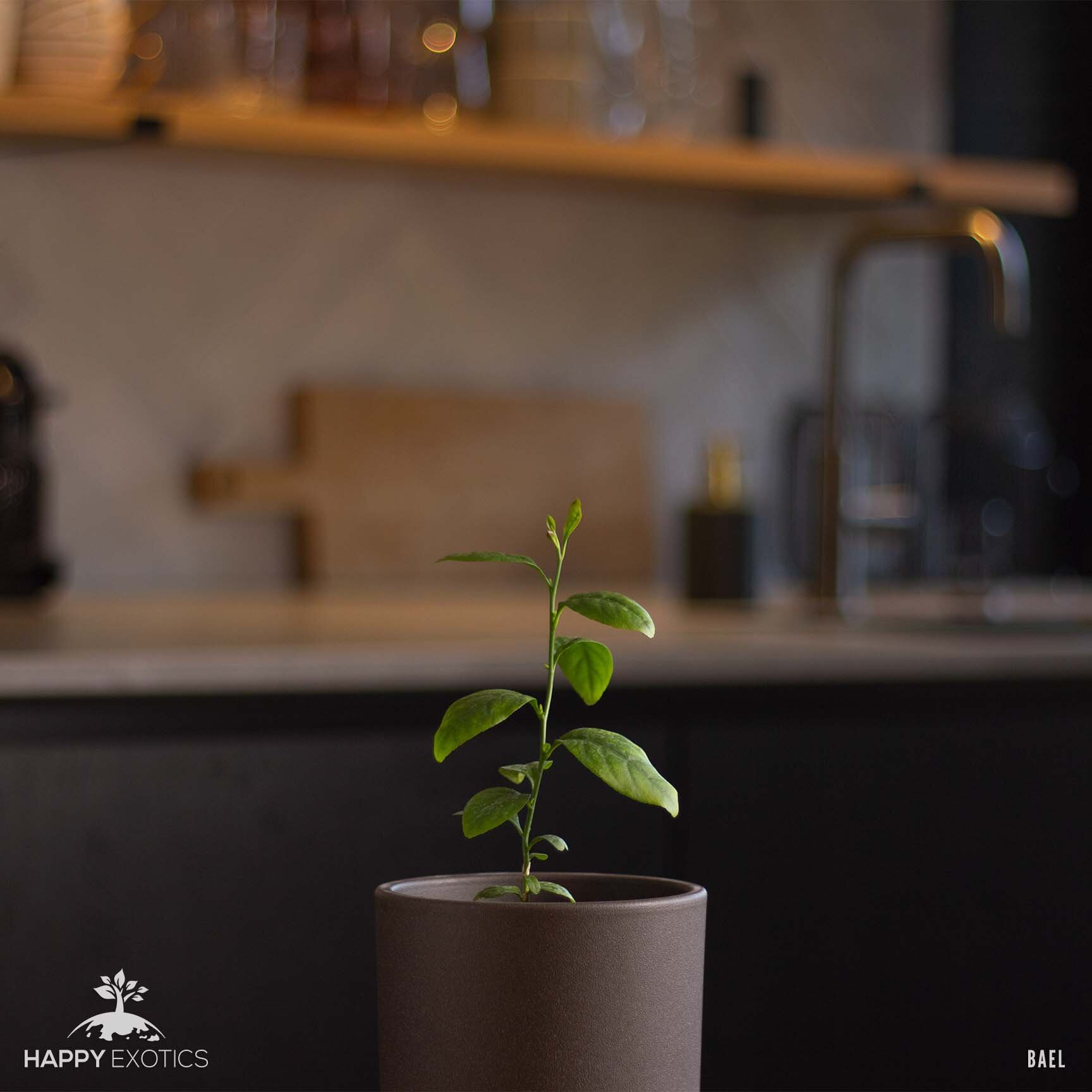

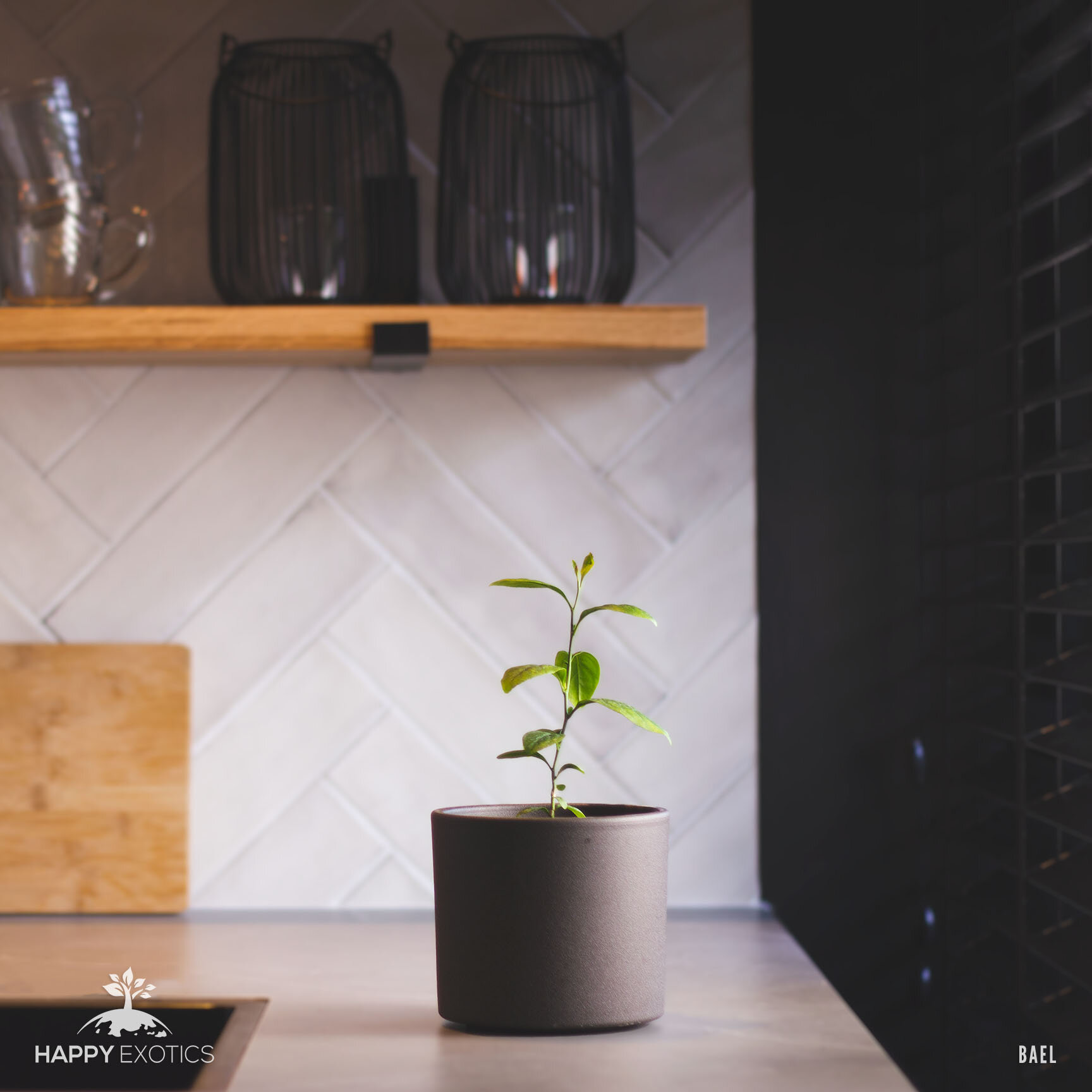

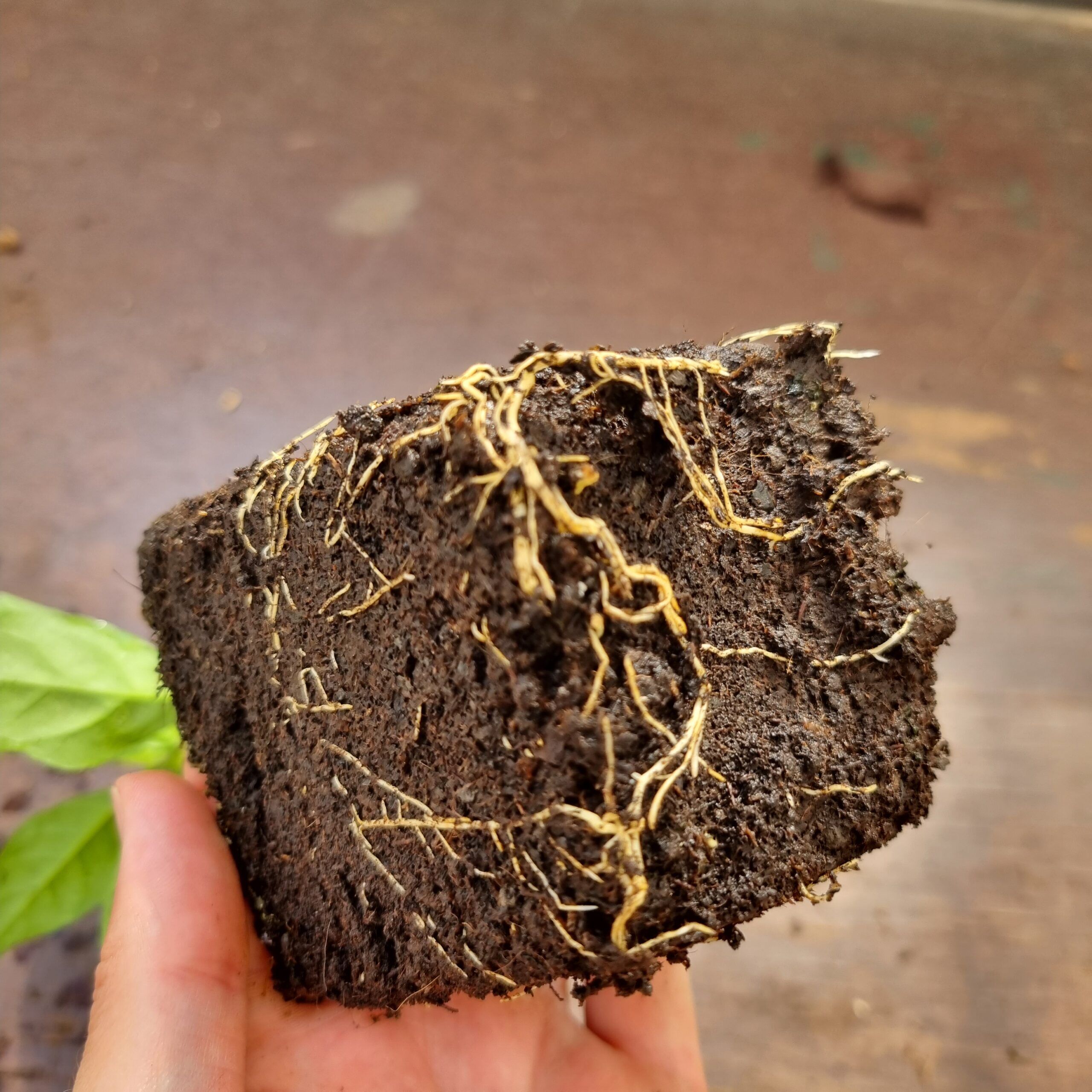
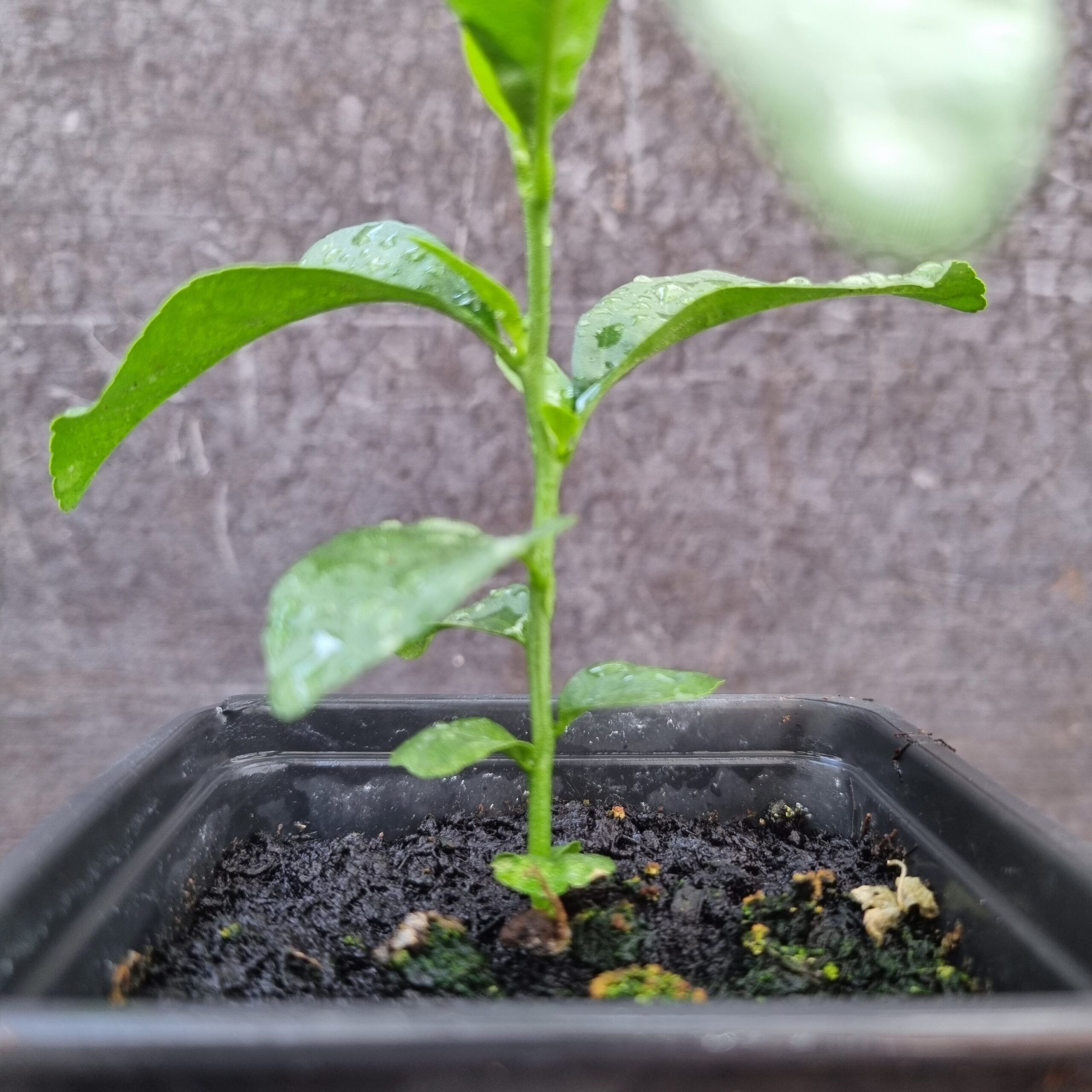

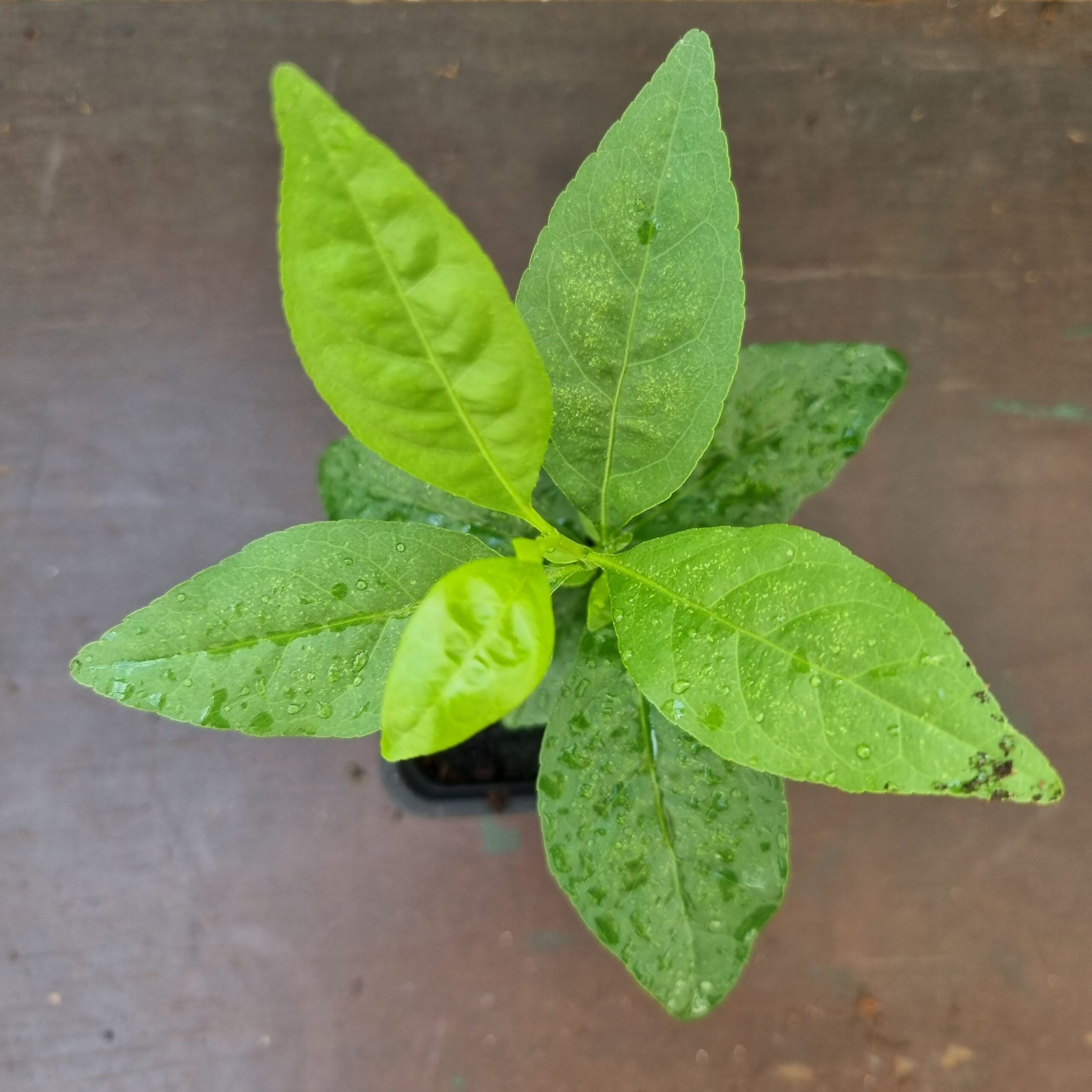
Reviews
There are no reviews yet.